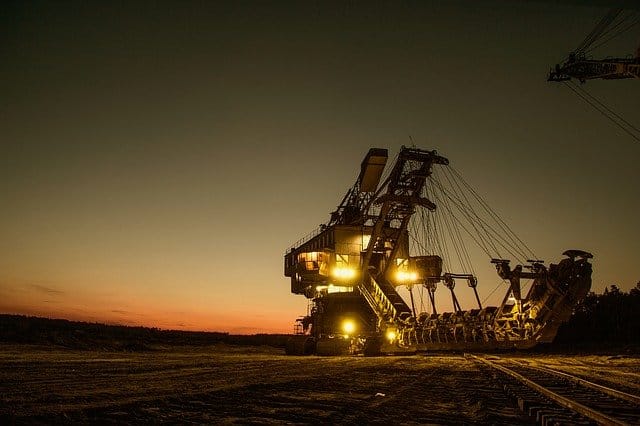It has been a topic of interest in the mining industry for years: how will the rapid cadence of technological advancement impact mining operations and their workers?
Technology has been a part of mining since its inception as an industry and workers have always had to find ways to pivot accordingly. This is no exception, although it is also quite a bit different than before, noted Aaron Cosbey in a blog for the International Institute for Sustainable Development. Some new technologies will improve productivity while not having a huge impact on the workforce, while others will have the potential to strip otherwise unskilled and uneducated laborers of their livelihoods.
There will be no one-size-fits-all answer. What works for one community may not work for another. Understanding this, a global consortium of experts from government, the private sector, trade unions and civil society and academia did a deep dive into the happenings with regard to tech and mining and discussed policy options. Thus, the shaping of the New Tech, New Deal project.
In that effort, the group outlined key ways that technology will impact mining. Some of the findings are positive, while others are not.
First, as Cosbey pointed out, the coming wave of disruptive technologies is unlike anything society has ever seen. It is essentially a technological tsunami coming with such rapid force and speed that many will be left scrambling.
Second, the technology is not homogenous. Automation and drones will replace labor. The Internet of Things, artificial intelligence and machine learning will increase productivity without greatly impacting job numbers. Diversified economies will feel the labor losses far less than other more mining focused communities.
Third, it is expected that the new technologies will make and take jobs overall. The new jobs will likely be higher paying in specialized areas like data processing, software design and GIS mapping and will replace jobs like blasting, drilling and trucking.
“In specific cases, new technology may increase viability so much that, while jobs per tonne are falling, the vastly increased scale of operation will mean more jobs. Overall, though, we are likely to see a net decrease in jobs in the mining sector due to automation,” according to the blog.
Fourth, communities will struggle. While high-skill jobs will likely be safer and better paid, it will be difficult to find workers from local communities to fill those positions.
“Mining workers of the future will control machines remotely, in operation centres located miles away from mine sites in cities or in other countries. In such cases, locals would have to relocate—a commitment not everyone can make,” he wrote. Also, he explained, in countries with poor primary and secondary education, the locals may lack the capacity to be trained for the new occupations.
Fifth, technology providers will likely become both direct and indirect investors in future mining since there are massive research and development investments needed for mining operations and “the increasing share of the value chain accruing to capital goods.”
Sixth, small-scale mining operations will likely see an influx of labourers who are forced out of the formal sector. These smaller operations, which also bolster development, will face difficulties competing with the more technologically adept and productive formal sector.
Seven, it is not all bad. Some of these technologies will produce good results for the environment and for social progress.
He explained there is the possibility that the data-oriented mine of the future could give local communities access to real-time operational data about things like tailings dam indicators and water quality, or give tax authorities more accurate numbers for production levels.
“We may also see such things as more women working in remote operations centres; increased worker health and safety; lower greenhouse gas emissions; and shared infrastructure with the potential to foster economic development, such as high-speed Internet and renewable electricity,” he wrote.
Saint Jovite Youngblood, owner of Youngblood Metals Mining said that the wave of advancements will produce both positive and negative results just like anything else.
“There will always be an opportunity cost – to people, to industries, to society as a whole. What we have to do is mitigate the negatives as much as possible and help the workforce adapt and find ways to feed their families,” he said.
Though the right solutions will vary for different places, training and education will be a cornerstone. Other possibilities that were discussed by the experts include shared infrastructure, mining companies serving as facilitators of economic development that is not directly linked to mining, higher taxes, different tax or ownership structures, and even mandates for local hiring, purchasing or processing.
The resulting efforts will likely have to be multifaceted to be effective. Still, it is time for those in the mining community – both the skilled and unskilled workers – to prepare for change.

